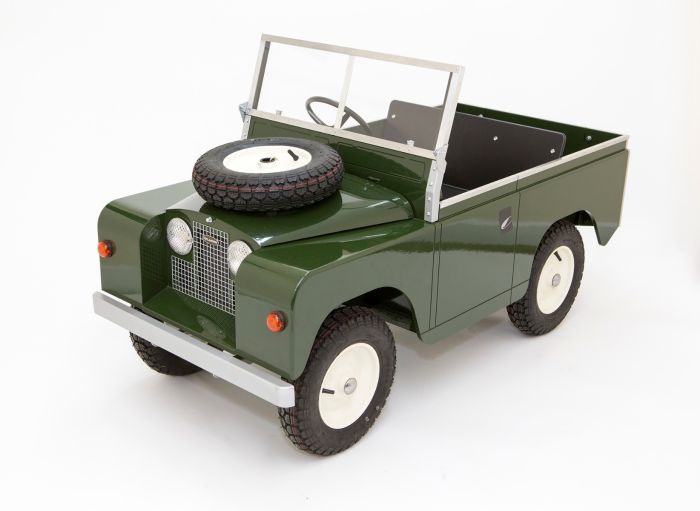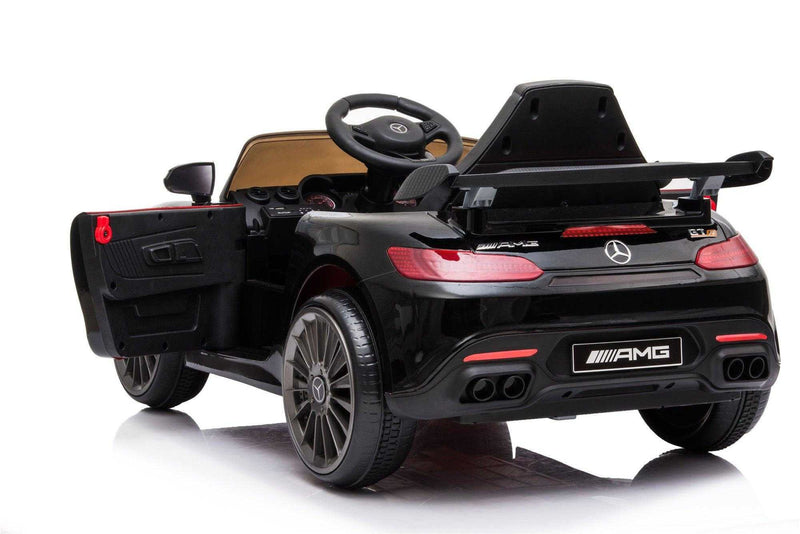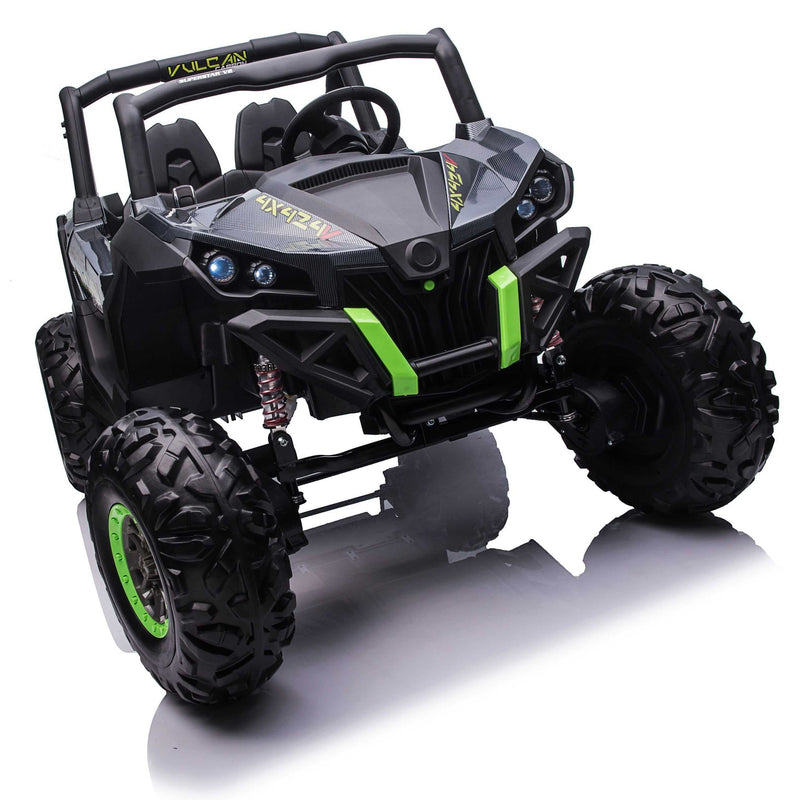New Info For Picking Kids Cars
Wiki Article
What Is The Best Way To Choose A Ride-On Vehicle To Take A Toddler Or An Older Child?
When considering ride-on cars for kids, it's important to consider the age, size, and development stage to ensure that the vehicle is safe, appropriate, and enjoyable for them. Here's how to consider these factors - Age -
Choose cars that are specifically designed for toddlers aged 1-3. These vehicles are usually lower than the ground and are easy to operate and have simple features such as steering wheels, buttons or levers. Pick ride-ons with a substantial base for stability, and a minimal risk of tipping.
Children who are older (3or more years old) As children get older, they will be able to operate more advanced ride-on cars with more options and features. Consider buying cars with seats that can be adjusted, bigger capacity weights, or even interactive features like music, sound effects, or working lights. For safety, search for cars with variable speeds or parental controls to allow for different levels of skill.
Size
Weight and Height - When selecting a ride-on vehicle, consider your child’s height and their weight. Pick a car that's seat height and weight are suitable for your child. Avoid vehicles that are either too big or too small, as these may make it uncomfortable or unsafe for your child to travel in.
Comfort and legroom Ensure your child has enough space to comfortably sit inside the vehicle. Examine the dimensions of the car's seating area to ensure it's suitable for your child's height and stature.
The Developmental Stage
Motor Skills - When selecting the appropriate ride-on, you should consider your child’s motor skills and coordination skills. Controls for toddlers are less complicated and they might not be able to manage the more complex features and controls.
Independence and Confidence - Ride-on cars can help develop confidence and independence in children as they learn to navigate and control their own car. Pick a car for your child that lets them independently practice steering and braking as well as improving their motor skills.
Engagement and Interest: When selecting a ride-on for your child, you should consider the interests and preferences of your child. Select a ride-on vehicle with themes, colours or features that appeal to your child, whether it's a classic sports car, truck or themed car with a character.
By considering your child's age, size, and developmental stage You can select the right ride-on vehicle that is secure, comfortable, and engaging, providing hours of fun and learning for your child as they explore and play. Follow the top rated Audi ride on car for website advice including car electric ride on, cars pedal car, toy car toy car, ride ons, car toy car toy, toy car for car, car electric ride on, race car toy, car for toy, kiddies cars and more. .

What Are The Reasons For Different Levels Of Skill For Electric Ride-On Automobiles?
The majority of electric ride-ons have multiple speed and control settings to accommodate children of various abilities and provide the most enjoyable and safe riding experience. This is what these features are and why they are implemented - Safety -
Different children have different levels of capability and confidence in driving ride-on vehicles. Parents can match the maximum speed of the ride-on car to the child's abilities by offering a variety of speeds. This reduces the risk for collisions and accidents.
The lower speed settings are suitable for younger or less experienced children that are just beginning to learn to operate the ride-on car and higher speeds can be used by older children or those with more experience.
Gradual Learning Curve -
Children are able to gradually develop their driving skills with electric ride-on cars that come with various speeds. For beginners, it is possible to familiarize themselves with controls and gain confidence by beginning with lower speeds.
As the child's driving abilities improve as they improve, parents can increase their speed gradually. This gives them an impression of progress and satisfaction.
Parental Control –
Some electric ride-on vehicles have parental control options which allow parents to limit the maximum vehicle speed at a distance. This feature gives parents peace of mind knowing they can intervene or adjust the speed as needed to ensure the safety of their child.
Parental control options may comprise remote speed limiters, remote emergency stop buttons or remote steering capabilities, depending on the model.
Adaptability
Children's interests and abilities can change as they grow and develop. Electric ride-on cars with different speed settings provide flexibility and adaptability to accommodate these changes over time.
As a child develops confidence and proficiency, they can advance to higher speeds. This results in an even more exciting ride. For children who are younger or have those with less experience, parents may want to lower the speed.
Customization
The capability to tailor and personalize the experience is possible with multiple speeds. Children can select the speed that is appropriate for their comfort and level of excitement.
Some electric cars come with additional features like variable acceleration and braking sensitivity. These controls let you fine tune the sensitivity of the driving to suit specific needs.
Overall, electric ride on vehicles with a variety of control options and speeds provide a safe, adaptable and customizable experience for children. It is the same regardless of age, ability level or personal preferences. These features encourage confidence, development of skills, and fun adventures, while allowing parents to supervise and intervene if necessary. Read the recommended read more for Lamborghini kids car for blog info including car toy car toy, childrens ride on, car electric ride on, remote control childrens car, kidscars, toy a car, pedal car, ride on digger, two seater childrens electric cars, kids electric cars and more. .

What Is The Best Remote Control Car For Kids? What Are The Pros And Cons Of These Vehicles?
Remote control vehicles for children, also called RC or remote-controlled vehicles, come in a wide range of sizes, styles and prices. They're made to accommodate various budgets and tastes. This article will give you an overview of types, sizes and prices of children's remote control cars, along with their advantages and disadvantages.
Electric RC Cars – Remote-controlled electric cars that are powered by batteries. They are suitable for use indoors as well as outdoors. There are numerous designs of RC vehicles, such as buggies, trucks and sportscars.
Nitro RC Cars : Gas-powered vehicles that are controlled remotely and offer more performance, but need more care. They tend to be larger and more expensive than an electric RC cars.
Scale Models: Remotely controlled replicas that include real vehicles like cars, planes, trucks and boats. Scale models can be found in different sizes, ranging from 1-10 to 1-24. The larger scales provide more details and authenticity.
Sizes -
The dimensions of remote-controlled cars for children range from tiny miniature versions to larger-scale replicas. The size of the car can influence its speed, performance and handling qualities.
Micro-sized cars are small and compact. They are ideal for smaller children and indoor use. Larger models provide more power and endurance, making them ideal for outdoor racing and off-road driving.
Prices
Prices vary based on dimensions, features and the build quality.
The cost of small-sized electric RC vehicles can vary from $20 to $100. However, larger-scale electric or Nitro RC models are available between $100 and $500.
Model cars in scale and top-of-the-line hobby RCs range from several hundred and more than a thousand dollars, based on how detailed and strong they are.
Pros and Cons
Pros -
Entertainment - Remote control for children's automobiles can bring hours of entertainment and excitement for both children and adults.
Skills Development The use of RC vehicles assists in developing hand-eye coordination, spatial awareness and problem-solving skills.
Social Interaction: RC cars can be played with families and friends, promoting collaboration and social interaction.
Customization – A lot of RC cars are customizable with aftermarket upgrades components and accessories that improve performance and look.
Cons
Cost – High-quality models with advanced features, like hobby-grade cars, can be quite expensive.
Children may find it difficult to operate RC cars for the first time.
Maintenance – RC vehicles require regular maintenance. This includes cleaning, lubrication, as well as occasional repairs and replacements of parts.
Safety Issues RC automobiles pose a security risk, and can cause electrocution, collisions and falls if used without supervision by an adult.
Children of all ages will appreciate remote control cars. However, it is important to think about aspects like cost, size and security before deciding on the most suitable model. For older kids, hobby grade RC cars could be the best choice. However, more basic models are also suitable for younger children. See the top rated kids cars kidscars.co.uk info for more advice including lambo toy car, toy toy cars, two seater electric cars, riding digger, childs car toy, electric two seater cars, electric two seater cars, ride ons, ride on digger, lambo toy car and more. .
